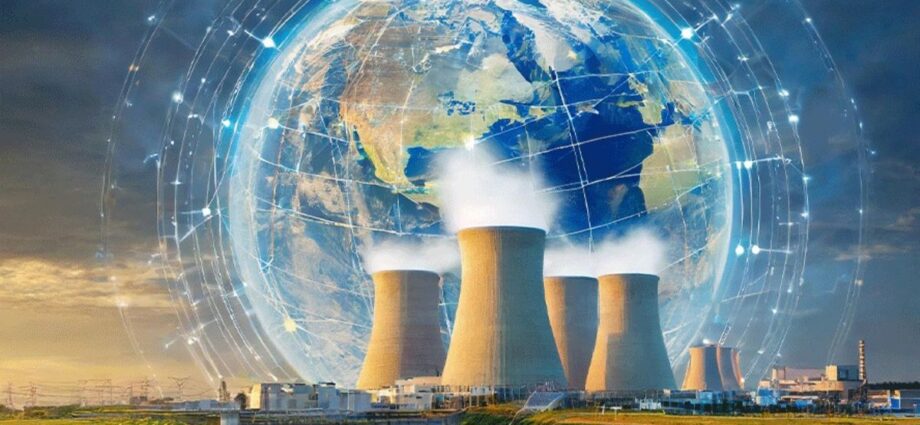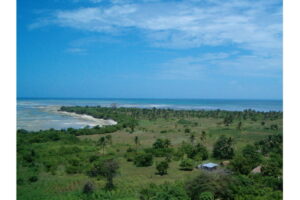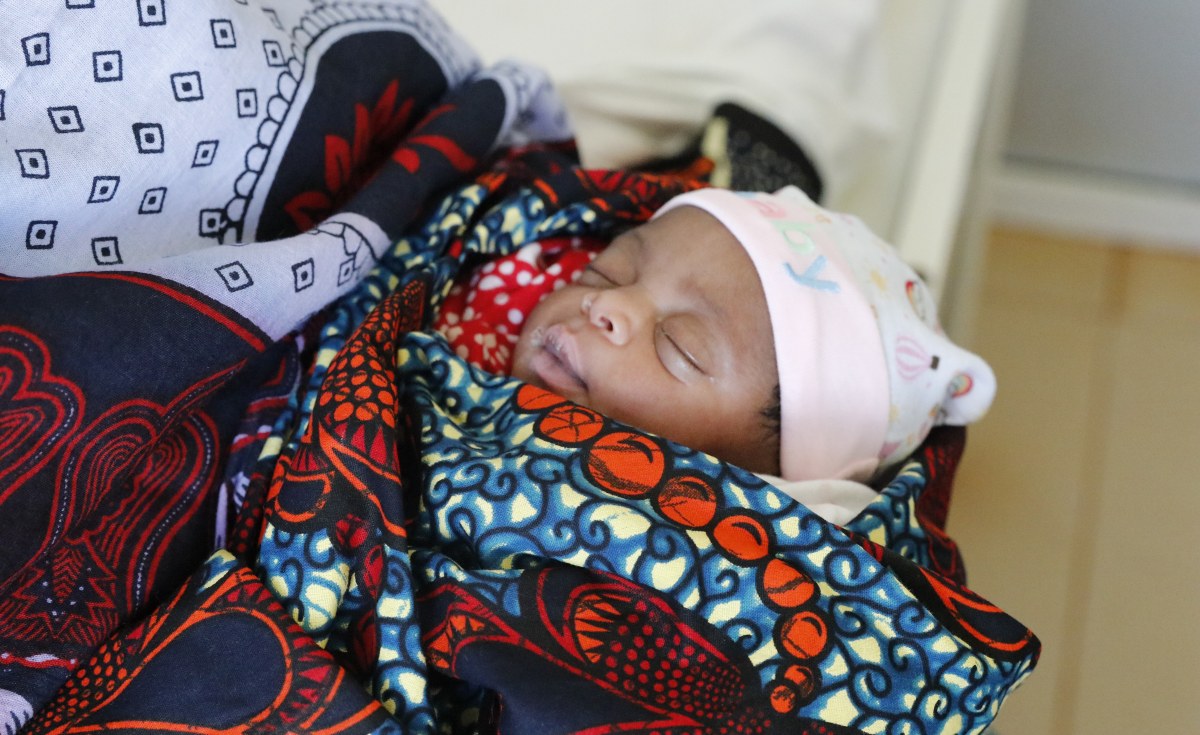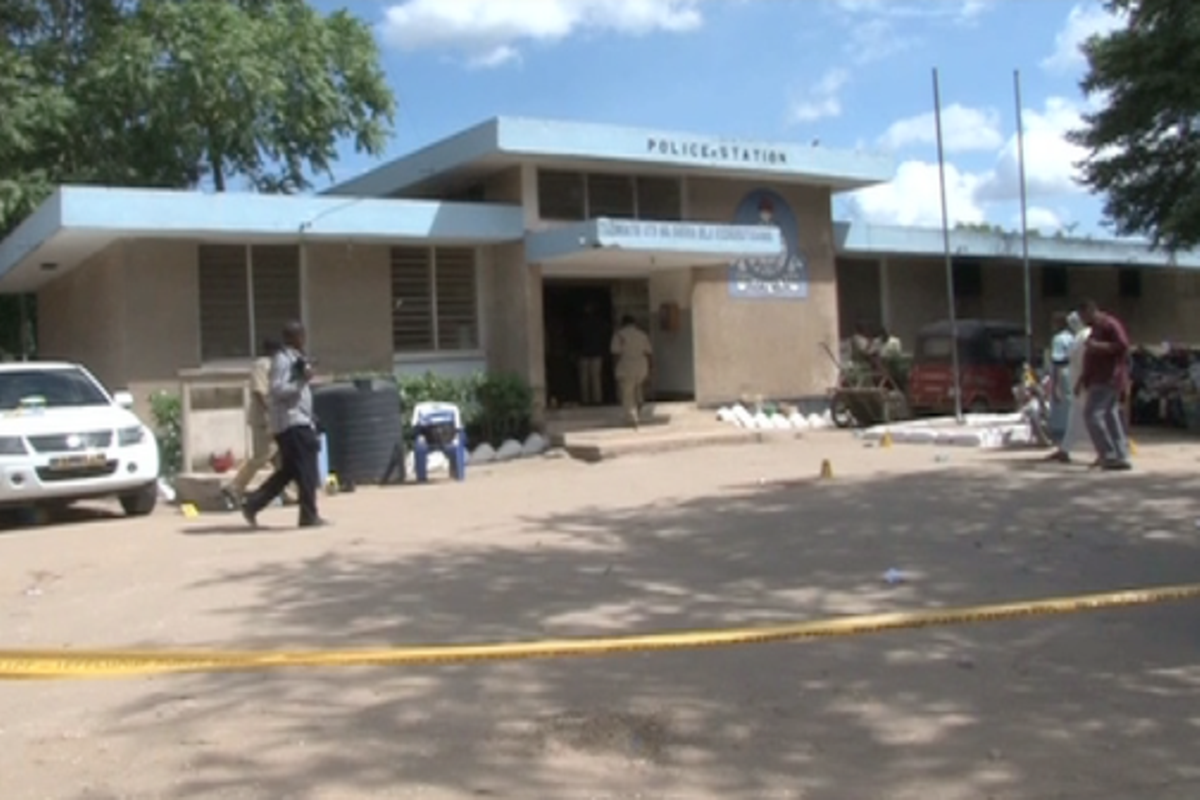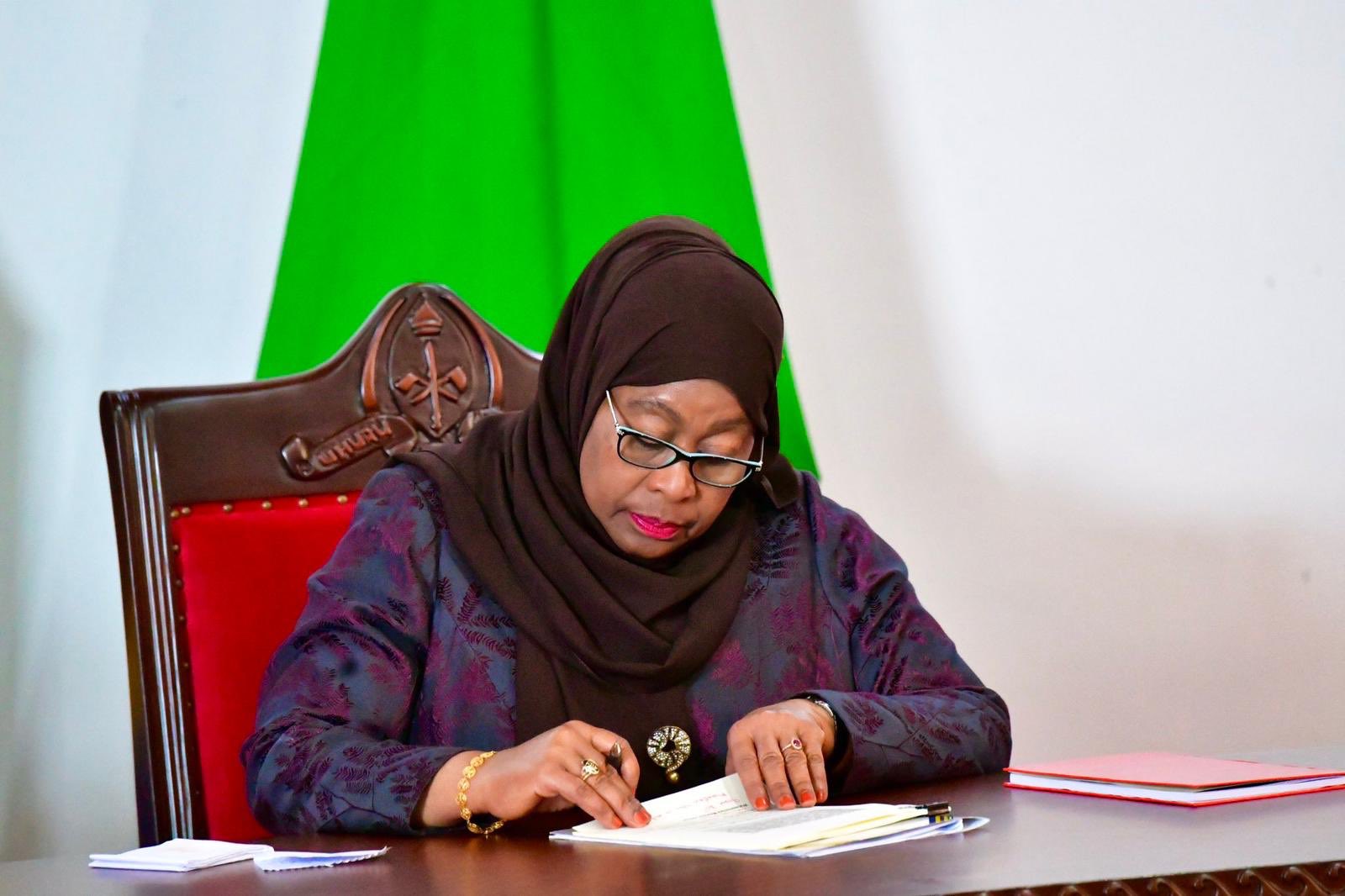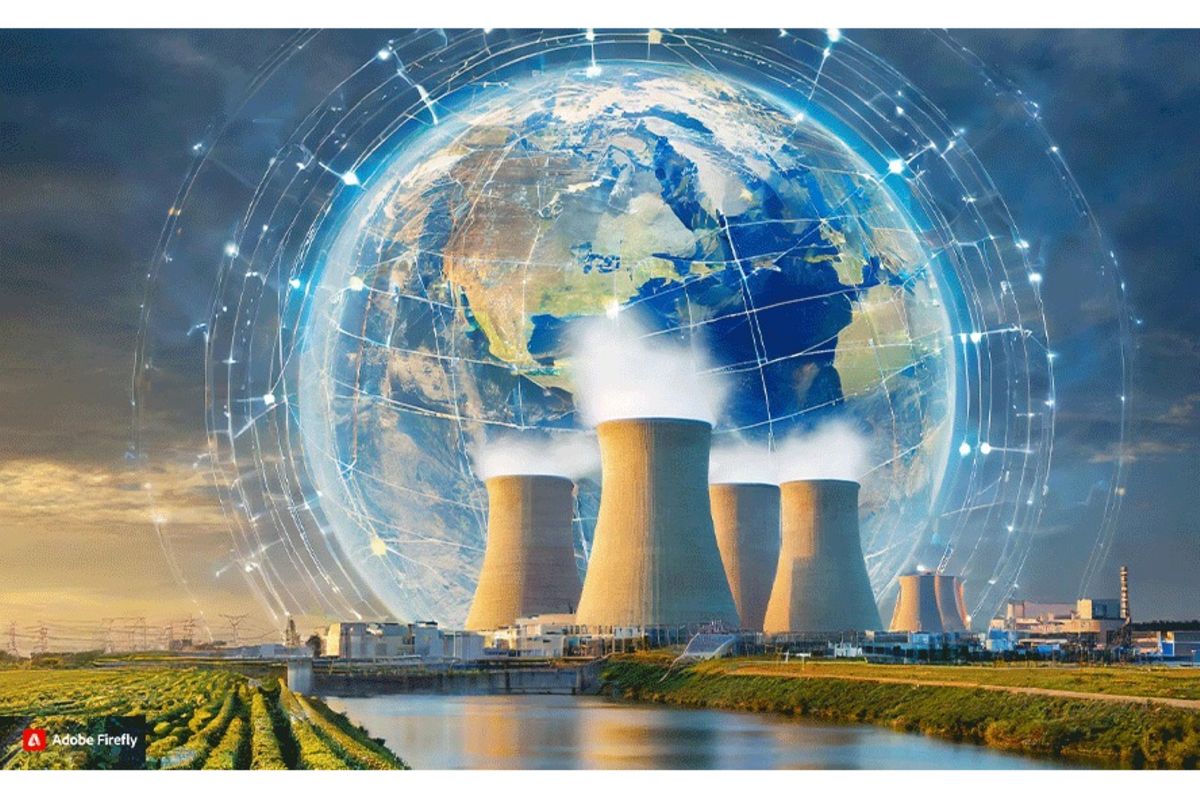
As nations worldwide accelerate their shift to low-carbon energy, uranium has become indispensable in the world’s transition from fossil fuels. Nations like the US, UK, and South Korea have committed to tripling nuclear capacity by 2050, as announced at the UN Climate Change Conference in 2023, while technology giants across the world invest heavily in nuclear energy to support AI and data-driven infrastructure.
This surging demand presents a pivotal opportunity for Tanzania not only to strengthen its position in global uranium markets but also to drive domestic economic growth, employment, and long-term sustainability.
Global nuclear energy is experiencing a renaissance. The International Energy Agency (IAEA) declared in 2023 that interest in nuclear power has reached its highest level since the 1970s oil crisis, with annual investments surging nearly 50 percent since 2020.
Asia-Pacific nations, the Middle East, and parts of Europe are all expanding nuclear programmes to bridge alternative energy gaps. As nuclear demand rises, ensuring diversified and stable uranium supplies has become a global priority.
The IAEA’s “Red Book” emphasises that new mines are essential, even with recycled uranium and existing stockpiles. For Tanzania, which currently faces challenges in securing stable energy supplies for its growing population and economy, strengthening domestic resource development could contribute significantly to greater energy resilience.
The growing global demand for uranium, coupled with efforts to diversify supply chains and reduce overreliance on any single region, is prompting Western nations to seek new, stable partners. Africa, with its significant uranium resources and emerging regulatory frameworks, is increasingly viewed as a strategic region for sustainable sourcing.
Tanzania, with its untapped reserves and commitment to international mining standards, is well positioned to meet this rising demand. The country has significant uranium reserves estimated at about 58,500 tonnes in several uranium-bearing zones, including the areas of Manyoni, Bahi, and Lake Natron, which are considered promising for further exploration.
Among these, the Mkuju River deposit in the south hosts Tanzania’s important uranium initiative, the Mkuju River Project. With considerable investment and advanced geological assessment already completed, the project is expected to play a central role in Tanzania’s emergence as a reliable uranium supplier. As the industry expands, balancing economic development with environmental responsibility will be key to long-term sustainability.
At the same time, responsible sector development can deliver substantial economic and social benefits to local communities. The expansion of Tanzania’s uranium sector could generate thousands of high-skilled jobs in mining engineering, geology, and infrastructure development.
Building new roads, power grids, and water systems for mining operations can create broader economic impacts, especially in underserved regions. Strategic reinvestment in local education, healthcare, and technology transfer could also help cultivate a highly skilled workforce for emerging energy industries.
In the longer term, Tanzania’s uranium potential may offer pathways beyond export. Although establishing a domestic nuclear energy industry would require many years of work and substantial investment, the country’s uranium wealth positions it to explore clean, scalable energy solutions such as small modular reactors (SMRs) suited to its dispersed population and growing industrial demands. International examples demonstrate the feasibility: South Africa’s Koeberg nuclear station has provided a stable, low-carbon electricity supply since the 1980s, integrated alongside renewable sources like solar and wind.
Moreover, international cooperation will be critical. Collaborations with global partners can enable technology transfer, regulatory expertise, and capacity building. Examples from other African nations illustrate this potential: in Egypt, the El Dabaa nuclear power plant project has created thousands of jobs and spurred technological innovation, while in Ghana, partnerships have advanced nuclear science and education, contributing to broader economic development.
The IAEA warns that without proactive development, global uranium supply shortages could occur by the 2080s.
For Tanzania, timely investment in responsible mining and energy initiatives is essential to secure its place in future clean energy supply chains.
Domestically, policy adjustments to support resource development and environmental stewardship will be crucial. With a focus on modernising mining regulations and fostering a transparent investment environment, Tanzania can ensure that uranium development aligns with national interests and sustainability goals.
By prioritising responsible resource management, workforce development, and international collaboration, Tanzania can leverage its uranium resources to drive diversified economic growth, enhance energy security, and contribute meaningfully to Africa’s broader clean energy transition.
About the author:Innocent Lema is an energy expert

